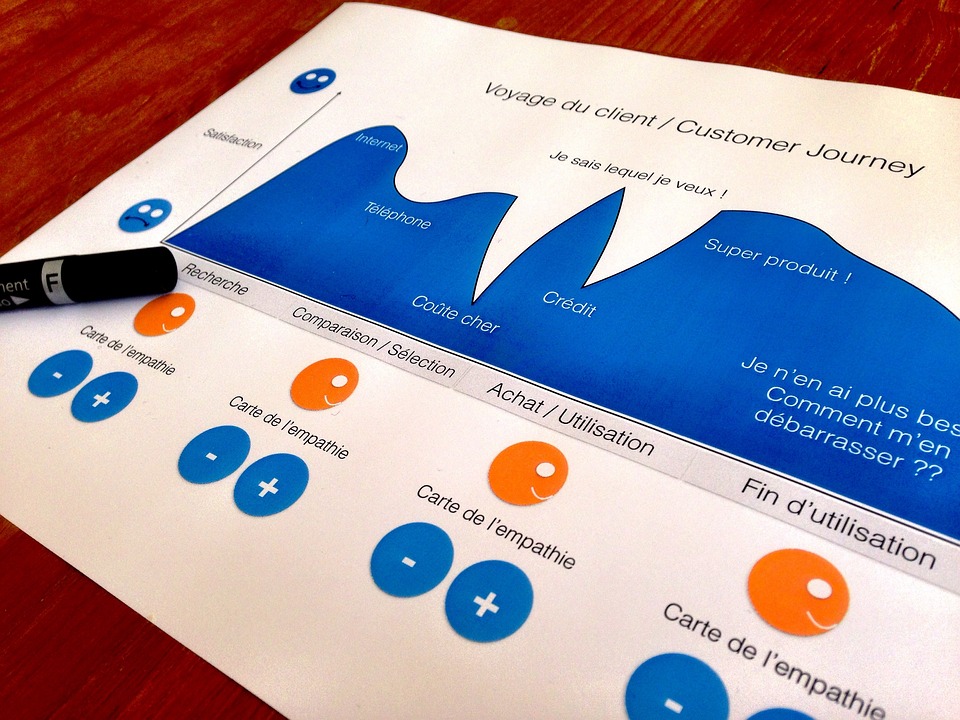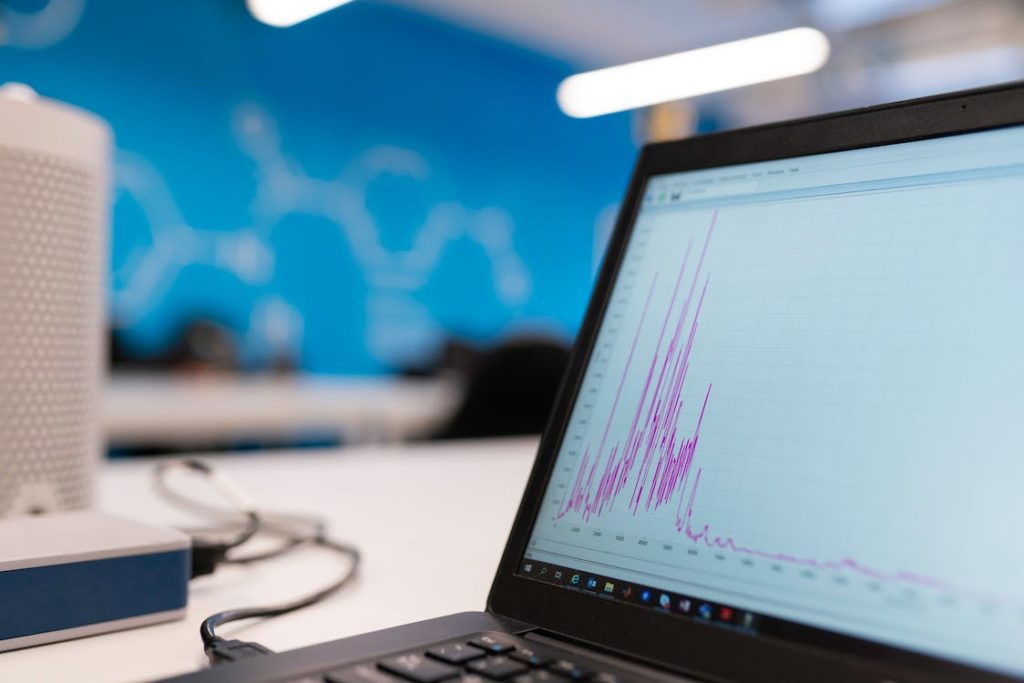Looking for ways to make your visuals stand out in 2023?
This could help – the team from Venngage have put together a new overview of key visual trends in infographics, and how you could look to present your data in the new year.
The trend notes incorporate several key design updates that you’ve likely noticed of late, including Spotify’s festival flyer format for its year-in-review listings.
There could be some valuable notes for your brand – check out Venngage’s full overview below.






